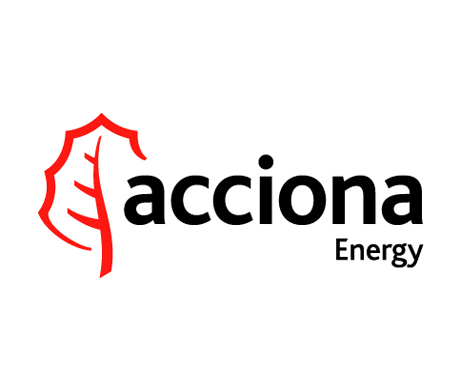Australian clean energy deadlock spurs firms to focus abroad

By Bloomberg
Political deadlock over Australia’s clean energy future is prompting companies such as Vestas Wind Systems A/S and Acciona SA to increasingly turn to rival markets for growth.
Vestas, the world’s largest wind turbine maker, is among the companies urging Australia’s government to resolve a disagreement with the opposition Labor Party over the nation’s clean energy generation target for the end of the decade. Employment in the sector fell 15 percent last year, according to a report from the Australian Bureau of Statistics, which cited uncertainty over that target as an influence.
“There’s no doubt the lack of bipartisan support has brought the whole industry to a complete standstill,” Danny Nielsen, managing director of Vestas Australia, said by phone. “We have diversified a lot of our resources to look at other places in the region.”
Acciona, the Spanish renewable energy company, said its plans for as much as A$1.3 billion ($990 million) in additional investment in Australian wind farms has stalled. Acciona has spent about A$650 million in the country.
“We’re going backward if you compare us to quite a wide range of countries,” Andrew Thomson, managing director of Acciona Energy in Australia, said by phone. “For companies operating in Australia, many would be saying, it’s getting extremely difficult here, why don’t we take a look at the broader region, Southeast Asia for example.”
Resolution?
The Philippines, Thailand and Vietnam in particular show promise, Thomson said.
Prime Minister Tony Abbott’s government has sought to scale back the 2020 renewable energy target from 41,000 gigawatt- hours, concerned that it would drive power prices higher.
While the intention was to get one fifth of Australia’s electricity from renewables by the end of the decade, falling energy demand means the proportion is forecast to be much higher than 20 percent. The government, lacking a majority in the Senate, needs the acquiescence of other lawmakers to reduce the number of gigawatt hours. That hasn’t been forthcoming and the lack of agreement has paralyzed investment decisions.
Although the renewables industry last month offered a target of 33,500 gigawatt-hours, the government sees 32,000 gigawatt-hours as the “top limit” it will accept, Industry Minister Ian Macfarlane said last week.
‘Top Limit’
Australia’s investment freeze continued in the first three months of 2015 after spending on large-scale renewable energy projects slumped 88 percent last year to the lowest since 2002, according to data compiled by Bloomberg. Almost 15 percent of Australia’s electricity came from renewable sources in 2013, according to the Clean Energy Council.
The large-scale renewables industry in Australia “has become practically uninvestable due to ongoing uncertainty,” according to a report Tuesday by Bloomberg New Energy Finance, which found that only one big renewable energy project was financed in the latest quarter.
An agreement would help to unlock investment in Australia, a country that still has a lot of potential, according to Vestas, which is based in Aarhus, Denmark.
“Australia is not going in the same direction as the rest of the world,” said Nielsen. “The major countries like China, the U.S., India, are moving quite rapidly in the renewable space, and it would be encouraging to see Australia follow suit.”
Here we are to serve you with news right now. It does not cost much, but worth your attention.
Choose to support open, independent, quality journalism and subscribe on a monthly basis.
By subscribing to our online newspaper, you can have full digital access to all news, analysis, and much more.
You can also follow AzerNEWS on Twitter @AzerNewsAz or Facebook @AzerNewsNewspaper
Thank you!
